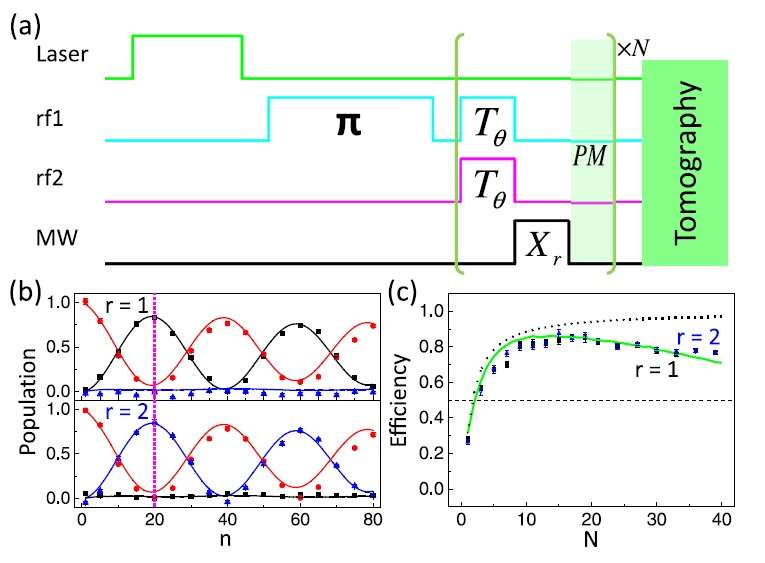September 7, 2015 report
Best of Last Week–Littlest quark found, cause of Earth's first extinction and short sleepers more likely to catch colds

(Phys.org)—It was another good week for physics as the "littlest" quark-gluon plasma was revealed by physicists using the Large Hadron Collider—the team from the University of Kansas discovered the material believed to have existed when the universe was born, using fewer particles than was thought to be needed. Another team of researchers from China and the U.S. set an efficiency record demonstrating a quantum computer that "computes without running"—the new generalized CFC was demonstrated to have an efficiency of 85 percent. And a pair of researchers, Raphael Bousso and Netta Engelhardt, proposed a new law that implies thermodynamic time runs backwards inside black holes. Also, a team of researchers from several research institutions in the U.S. has produced the first global antineutrino emission map that highlights the Earth's energy budget –they believe it will help scientists monitor new and existing man-made sources of radiation.
In other news, a team of researchers from Canada and the U.S. found evidence that shows Earth's first mass extinction was caused by critters, not catastrophe—microorganisms with a photosynthetic process evolved, the team found, producing oxygen that was toxic to predecessors. And a team of researchers from Canada and Germany reported making graphene superconductive by it doping with lithium atoms—showing that a model developed three years ago appears to be right. And a team with the Francis Crick Institute found that aspirin could hold the key to supercharged cancer immunotherapy.
And speaking of cancer, another combined team of researchers from São Paulo State University in Brazil and the University of Leeds in the U.K. found that Brazilian wasp venom kills cancer cells by opening them up. A large team of international researchers has conducted a study revealing that the human body has gone through four stages of evolution—based on bones 430,000 years old found in Spain.
And finally, if you are one of a group of people that never seems to get enough sleep, you may have another problem as well, as a team of researchers has connected sleep loss to higher rates of illness—they found that short sleepers are four times more likely to catch a cold. Which, put another way, could mean that making sure to get enough sleep could mean fewer colds.
© 2015 Phys.org





















